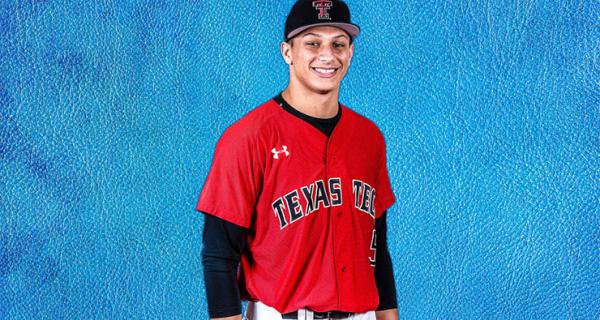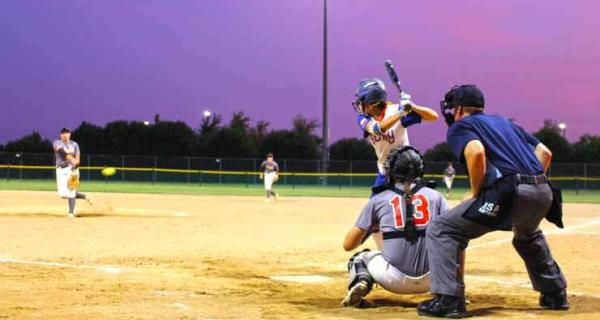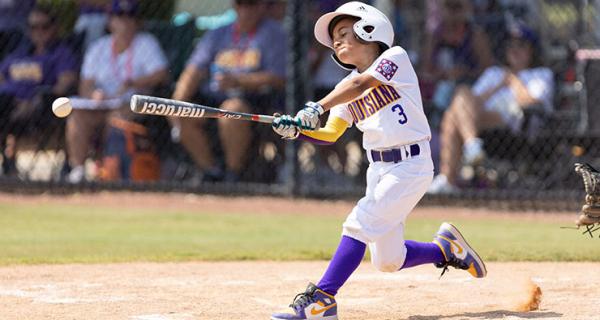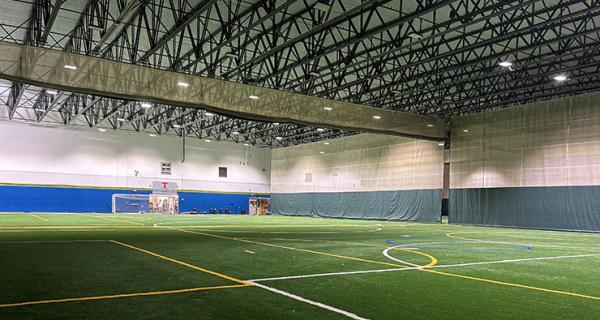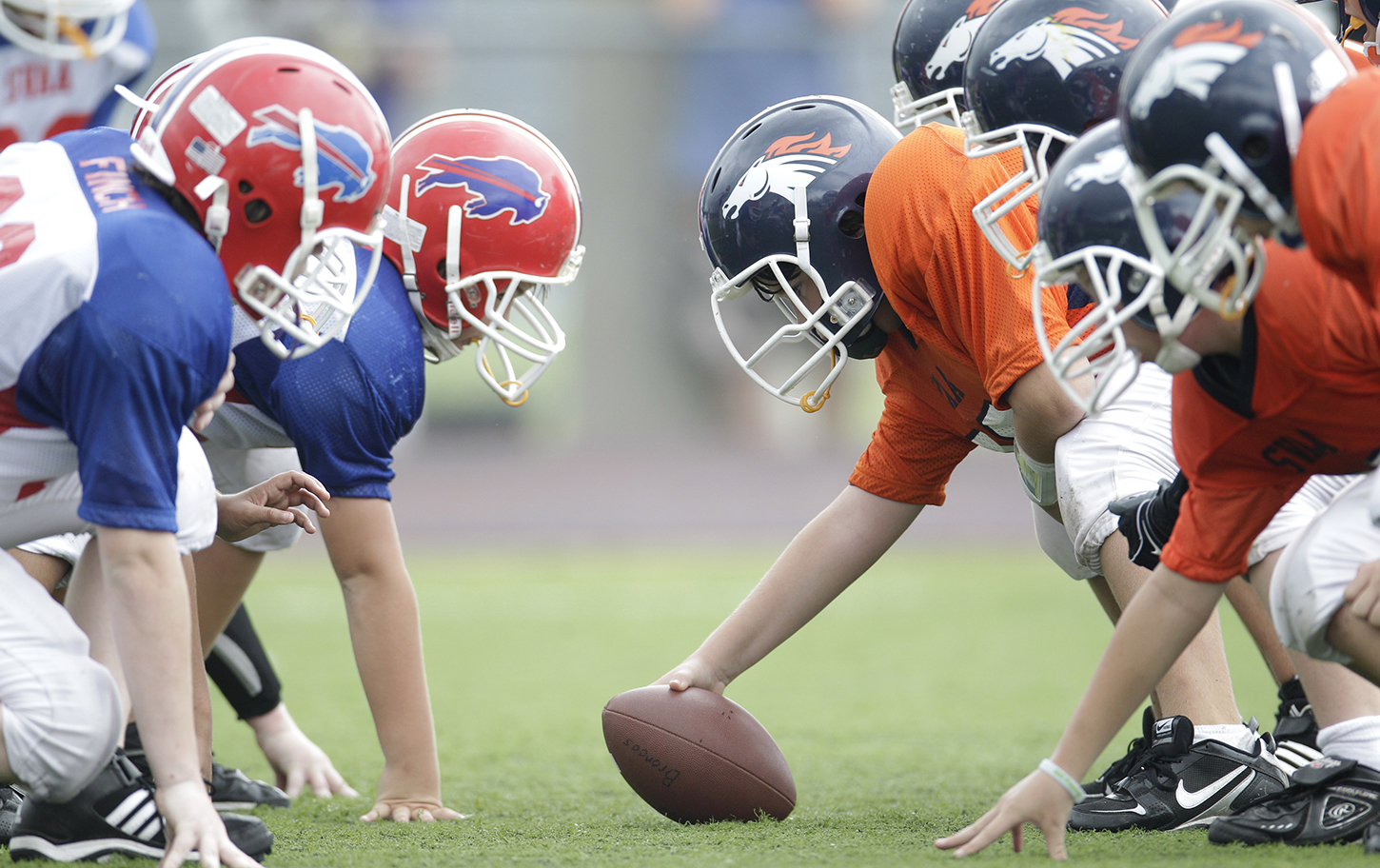
Matt Bowen is in his late 30s and he and his wife have four boys, ages 18 months to seven. The four-year-old in particular loves football, always wanting to play in the basement of the Bowens’ suburban Chicago home.
The Bowens are sure they will have to answer the question, “Can I play tackle football?” many times, from at least one of their boys. They have an answer ready. “My wife and I have decided that we want our boys to wait until high school,” says Bowen, who played safety and special teams for four teams over seven years in the NFL. “The reason why is the contact.”
It’s a complicated issue, and no one knows better than Bowen the effects of half a life of full-contact football, perhaps the world’s most violent sport. He admits to as many as 50 concussions, endured surgeries for leg injuries, and does physical therapy twice a week for neck and back discomfort though he last played in 2006.
But Bowen’s decision to make his kids wait until high school is not because he fears for their bodies; he doesn’t think youth football players are large enough to cause each other much damage. Bowen simply believes there’s not enough reward for the risk. “You know what you’re doing as a pro athlete, you know you’re going to get hurt,” says Bowen. “You’ll blow knees, break bones, get concussions, it will impact you the rest of your life. But the great start it gives you, the opportunities after the career is over, is well worth it. But is it worth it when you’re eight?"
Bowen says comparisons between pro football and youth football are meaningless because of that risk/reward difference, as well as the size, strength and speed difference. He also has a message for parents who worry that their child will fall behind in the competition for scholarships if he doesn’t start playing tackle football before high school. He played tackle football from fourth through sixth grades, but could not play in seventh and eighth because he was too big.
He does not credit his eventual success to his grade-school experience. “You can pick up the game when you get to high school,” he says. “That’s where you learn technique, that’s where you learn how to execute, how to control your footwork, play with your hands, play with eye discipline, all those things that go with being a sound, good football player. “Freshman and sophomore years is when you learn how to play the game. I did not learn the game playing for the Glen Ellyn (Ill.) Golden Eagles. Football’s a great game at the lower levels, it’s fun, it’s exciting, but don’t tell me your kid’s going to develop into a star varsity athlete because he played in the lower levels. It’s just not true.”
That’s one man’s opinion, of course, albeit a fairly compelling one given his experience.
The trouble for youth tackle football and other youth contact sports, like lacrosse, ice hockey, soccer and basketball, is if too many parents heed Bowen’s words. Do youth contact sports stakeholders have to worry about the future?
The heightened awareness of all things concussion and chronic traumatic encephalopathy, or CTE—rate, causes, effects—stems from high-profile stories far from the thousands of youth football leagues in the U.S. Suicides, lawsuits, post-mortem brain studies all make alarming headlines, but the connection between what happens to grown athletes and to children aged 6 to 11 is hotly debated.
There are numbers that can please those who have a stake in contact sports. There are numbers that can fortify those who say participation in youth tackle football is down because there are too many health risks for children. Pop Warner admitted a decline in participation rates in 2013, but it is only the best-known youth tackle league; there are regional and independent leagues from coast to coast. Flag football participation has been rising, but it’s not clear the rise is related to declining or static tackle football participation.
The Center for Disease Control and American Academy of Pediatrics report dramatic increases in concussions overall and in ages 8 to 13. Medical experts have testified before Congressional committees against youth participation in tackle football, yet the Consensus Statement on Concussion in Sport from the 4th International Conference on Concussion in Sport held in Zurich in Nov. 2012 included a statement that there has been no proven cause and effect link between CTE and concussions and exposure to contact sports.
“At present, the interpretation of causation in the modern CTE case studies should proceed cautiously,” the statement said. “It was also recognized that it is important to address the fears of parents and athletes from media pressure related to the possibility of CTE.”
In response to the publicity and parental concerns, Pop Warner banned contact in much of its members’ practices as well as certain contact drills, and the NFL has been very public with safety pronouncements and policies for its players as well as funding for youth safety education like USA Football’s Heads Up Football and NFL FLAG programs.
The NFL also contributes money to research, including a $60 million Head Health collaboration with GE and Under Armour that awards grants towards research, the development of new diagnostic tools, and the creation of new equipment to help protect the brain. It also invested $30 million in unrestricted funding with the Foundation for the National Institutes of Health for basic science research.
“Our hope with these initiatives is to continue to find new ways to advance science, support the future of the game, and discover innovative ways to change the culture around head injuries in sports,” says Jeff Miller, NFL senior vice president of health and safety policy. “We are confident in the health and future of our game and know that we are taking many steps to help make the game safer for not only professional players, but also youth athletes, no matter what sports they play.”
The complicated issue can be boiled down to the basics, all of which provide context:
*Participation in youth sports overall is down due to fear of injury, costs, mistrust of coaching competence, and specialization in sports
*No one disagrees that blows to the head are dangerous, regardless of sport
*Football gets the most attention because its professional version is so popular, but soccer, lacrosse and ice hockey also carry head contact risks
*Youth tackle supporters cite their priority of safety, including teaching of proper tackling technique
*Talk of historical participation data must encompass demographic changes and distinction between rates and overall numbers
*Education for all parties is advised, yet even researchers cannot say emphatically that kids need to stay away from full-contact sports.
On the front lines of parents and their children, regardless of sport, league or region, the choice to allow kids to play sports with enhanced risk of brain injury is personal. Dr. Michael Bergeron says the best that can be hoped for is that policies and procedures of youth sports stakeholders keep pace with science, and that parents are aware of the potential risks.
Bergeron is the executive director of the Sanford Sports Science Institute and National Youth Sports Health and Safety Institute and professor in the department of pediatrics at the Sanford School of Medicine of The University of South Dakota as well as senior scientist at the Sanford Children's Health Research Center.
“We are all learning, and accordingly are better equipped and able to make informed decisions,” he says. “It is important to recognize that those of us in healthcare and clinical science and research are learning too, and the information is evolving very rapidly. Thus, the advice to athletes, parents and coaches is fluid and the precise endpoint for determining complete concussion resolve is somewhat an evolving target too. “The lasting effects of repeated sub-concussive head impact exposure are not yet clear either, especially with youth.”
He stresses calm to both sides of the issue and says he likes what he’s seeing in safety approaches in general. “Even for those few who will play at the collegiate level or beyond, developing the proper and needed athletic foundation as a child and pre-adolescent to be athletically successful later with football does not need to include tackling and undue head trauma,” says Bergeron. “The good news is that many stakeholder organizations like the National Federation of State High School Associations, USA Football and others have listened to the clinical and scientific evidence and have strongly and appropriately supported and advocated for limiting head impact exposure, through limiting contact practices and drills, while maintaining the integrity of and participation in the game.”
Bergeron’s reference to “needed athletic foundation” raises the subject of beneficial alternatives to contact sports. Experts are unanimous that kids should play as many sports as possible, and flag football in particular has attracted more and more kids; NFL FLAG claims 220,000 children ages 5 to 17 participate in its activities, and it is just one of many organizations that offer flag football programs and leagues.
Dr. Robert Cantu, a neurosurgeon and concussion expert at Boston University's Center for the Study of Traumatic Encephalopathy, has been on record that he’d rather see children under 14 play flag than tackle. Bowen agrees, saying flag football is perfect for football-mad children.
Not only does it eliminate most contact, trying to grab a ball carrier’s flag teaches valuable technique used in proper tackling form.
“It forces you to break down, play with eye discipline, play with low balance and controlled footwork to grab that flag,” says Bowen, who began volunteer coaching at the high school level last summer. “That’s how you tackle. It’s a widespread issue today—players launch, try to take the legs out. That’s where you get a lot of concussions, get a knee to the side of the head and lights out. Bad technique, bad angles. “To get your head across on the tackle you have to be in position to grab that flag. You have to be.”
Education is behind the NFL’s grant of $45 million over five years to USA Football, its youth football development partner, to help administer Heads Up Football, NFL FLAG, and NFL Punt, Pass and Kick. Steve Alic, USA Football’s head of communications, says proper fundamentals fuel the Heads Up Football program.
It teaches coaches and in turn players the safest ways to tackle. The coaches’ training aspect of Heads Up Football is crucial, given results of a 1992 University of Washington study that found that when coaches received training in skills and communicating effectively with kids, only 5 percent of children chose not to play the sport again. With untrained coaches, the rate jumped to 26 percent.
Also, a 2014 espnW/Aspen Institute Project Play Survey of Parents on sports issues showed that 81.5 percent of parents surveyed have concerns about the quality or behavior of coaches, second only to their concerns about injury. Anyone who saw the documentary on youth football in America,
The United States of Football, will remember the quote from NFL Hall of Fame wide receiver Cris Carter: “Our best coaches are coaching our best players, and that’s in professional football. Our worst coaches are coaching the most critical position, and that is the 9-, 10-, 11-year-old people.”
Yet, according to data produced in 2013 by the Sports and Fitness Industry Association for The Aspen Institute’s Project Play, just 1 in 5 coaches of youth teams of children under age 14 say they have been trained in effective motivational technique, and only 1 in 3 in skills and tactics in the main sport they coach.
“We work closely with leaders in medicine and child advocacy who endorse our Heads Up Football program,” Alic says. “Organizations like the National Athletic Trainers Association, the American College of Sports Medicine, and the National PTA are organizations that don’t put their support or endorsements on something lightly. So to have earned those endorsements and that support tells us that we are making an important difference by offering this program which establishes standards on the high school and youth levels.
"This level of support, from doctors, from scientists, tells us that this is a better way, a safer way, to teach and play the game. The focus of the program is to set important standards rooted in education to change for the better how coaches are trained how players are taught how parents are informed and how safety is addressed. It’s an ambitious program but it’s an exciting one.
“There’s never been a better time to play youth football, hands down.”
Lacrosse and ice hockey are just behind tackle football in the discussion of head trauma risks. Neither USA Hockey nor All American Games LLC, the company that runs the Eastbay Youth All America Bowl for seventh-, eighth- and ninth-graders, responded to requests for comment. US Lacrosse reports that participation in its sport nearly tripled between 2001 and 2013 to nearly 750,000 kids on organized teams.
Paul Krome, senior manager of marketing and public relations for US Lacrosse, says there is no study linking heightened concussion awareness to the rising popularity of lacrosse. Krome says that while US Lacrosse provides guidance and advice to local leagues, parents, athletes and coaches about concussion awareness and management, it does not have a specific policy regarding concussions. Bergeron says while each contact sport has its own unique risks, the bottom line is always the same. “Minimize head impact exposure. The adults in charge need to act reasonably.”
Header photo via AP Photo/LM Otero




